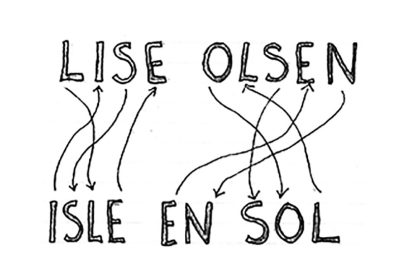This is the documentation of my sound Installation from the exposition I had at WASPS in Dundee. I not sure how I feel about it… The film does not feel as immersive as it did when listen to the sound under the canopy.
Category: in-between
Moray Way Artist in Residence
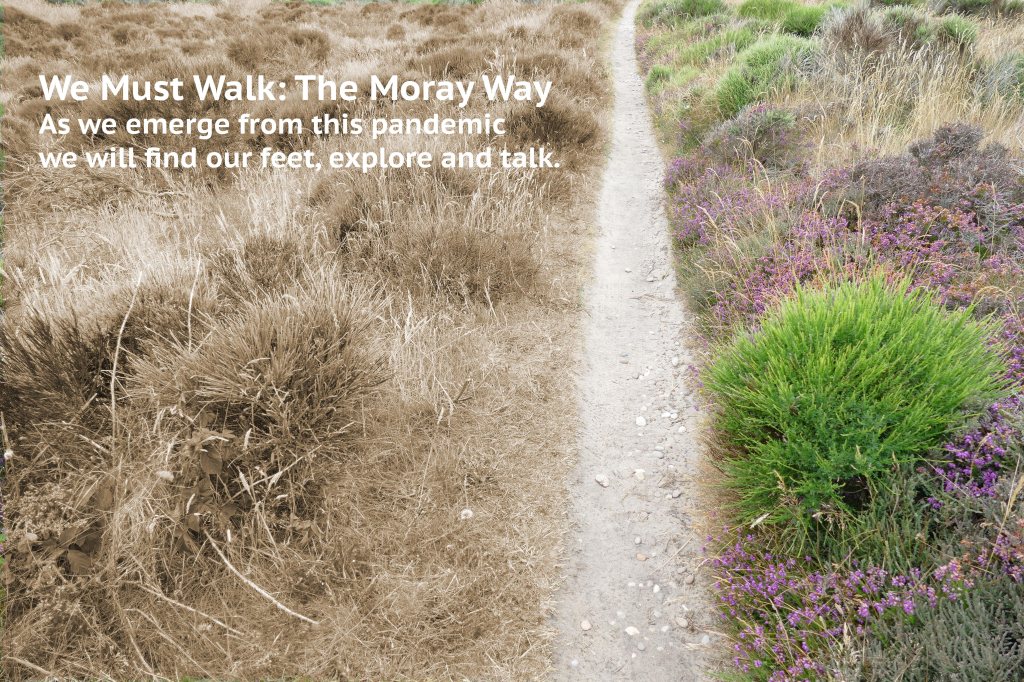
We Must Walk: Over the next 12-month, I will be the artist in residency for the Moray Way Association, a charity organisation established to promote a 100-mile long circular walking route called The Moray Way. An essential part of my process will be to walk and record sound as an opportunity to focus attention on liminal moments, for example, everyday feelings, memories, and atmospheres. These things are so fleeting and familiar they are often missed. The main aim of the residency is to walk, observe, record, and document the journey along the paths that make up the Moray Way. The walk will allow me to connect with people along the route, collect stories from the community and capture the changing seasons of a dramatic Scottish landscape.
Over the coming year, I will be blogging about my experience as I walk one hundred miles. The journey will begin at Forres, where I will walk 30 miles along the Moray Coast Trail, join the Speyside Way for a further 41miles until Grantown-on-Spey and continue my walk along the Dava Way until I return to Forres.
For more information and stories about my journey, please visit the Moray Way website.
We are the threshold people.
The World Health Organization (WHO) on March 11, 2020, declared the novel coronavirus (COVID-19) outbreak a global pandemic. This happening has changed many peoples lives. The anthropologist Victor Turner would describe this as a Liminal space. I believe we are the threshold people, disorientated and in-between.
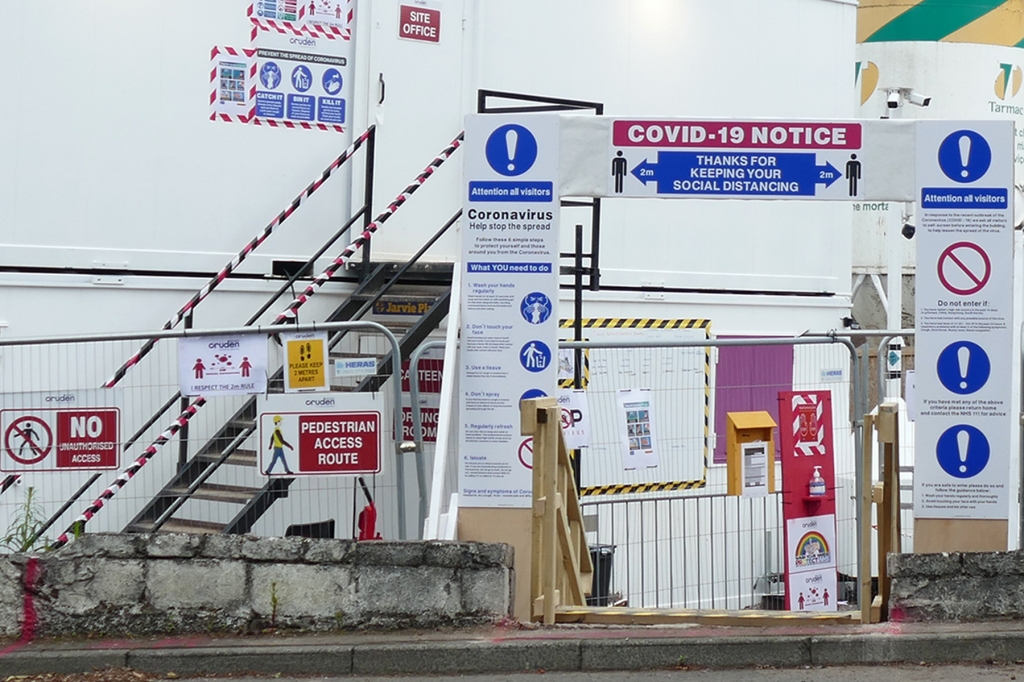
The collective experience of 2020 has been full of uncertainty, this pandemic is a prime example of in-between space. In some ways our lives been put on hold, a pause. The spread of the Coronavirus has directly effected my life and my research; At the start of 2020 I found myself with all planned events and community work for my research, canceled or postpone. With no knowledge on information on a rearranged schedule.
With the realization that covid-19 and lockdown restrictions may continue indefinitely. I started to think about Covid friendly research and embracing the restrictions. Everyday I spent time looking out my window, watching wildlife, people walking and the eerie silence of my world. The landscape had changed, like a pause or an in-between space. I decided to explore this phenonemum in connection to the weird and eerie as a part of my research. My aim to produce a soundscape: A surrealist tale of a weird and eerie Scottish landscape darkened with questions and riddles. I wanted the composition will be a mix of field recordings, fragmented conversation, and electroacoustic music. A representation of people’s stories, landscapes, and atmospheres.
Here is a link to the composition.
The Field Recording Clash: Place v Plasticity

‘Gwaith Sŵn’s Sonic Dart broadcasted an example of the Quarrymill soundscape alongside other artist’s work, on Resonance FM on the 1st March 2021. They discussed the contrasting approaches of using field recording as located sound (place), and field recording as sonic material (plasticity). I found it really interesting to listen to the different ways artist use soundcapes. If your curious they recorded the show which can be herd on Mixcloud on the link below
Confessions Of A Window
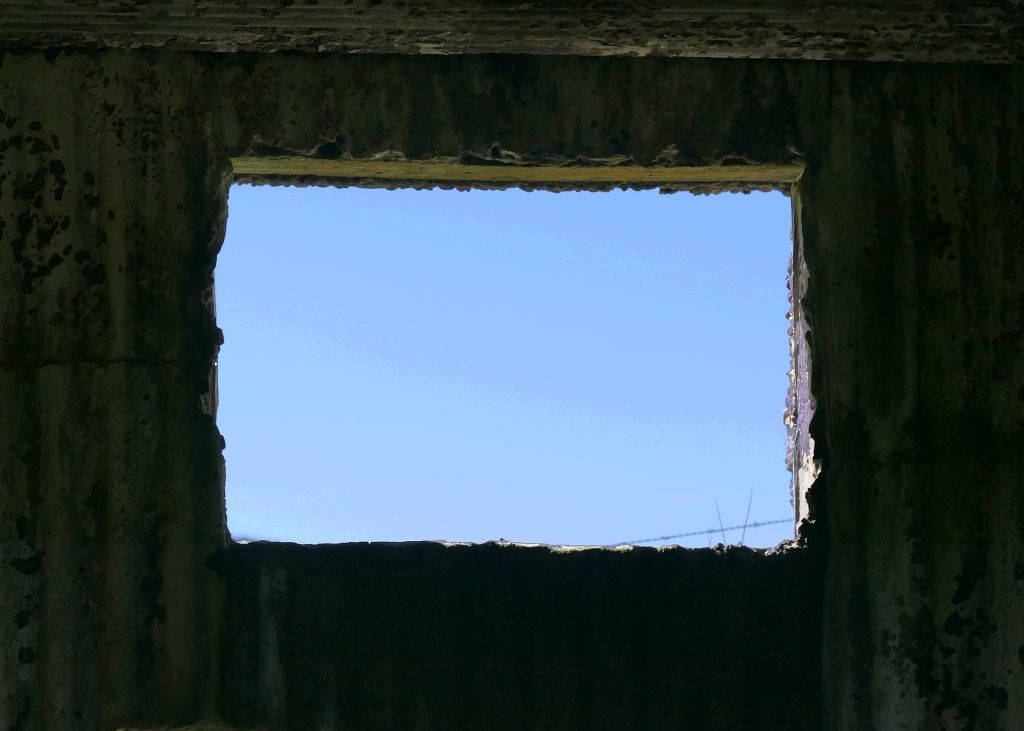
Inside the window, the human will stand, a light gently flickers, There's a resolution in the bright. Through the window, the sound of tapping, a sneaking in or climbing out, Breaking into the murky past. Outside the window, the view into the blue, a street, garden or bay, There's a mystery in the void. But what if there were no windows? the future world never found, a reflection of a mirror-less soul, No freedom for the mind. By Lise Olsen
Are There No Birds Singing In The Woods Today?
Listening: In-between Focusing and Blurring
“It is important to relize that focussing on something necessarily blurs something else…”[1] F.G Asenjo
I organised a sound activity for some of the children during the August session of Quarrymill Adventures. Each child was given a sound recorder and headphones, and asked to find and record different woodland sounds. RSPB Volunteer Katie, even helped to make a woodland xylophone for the children to play and record!
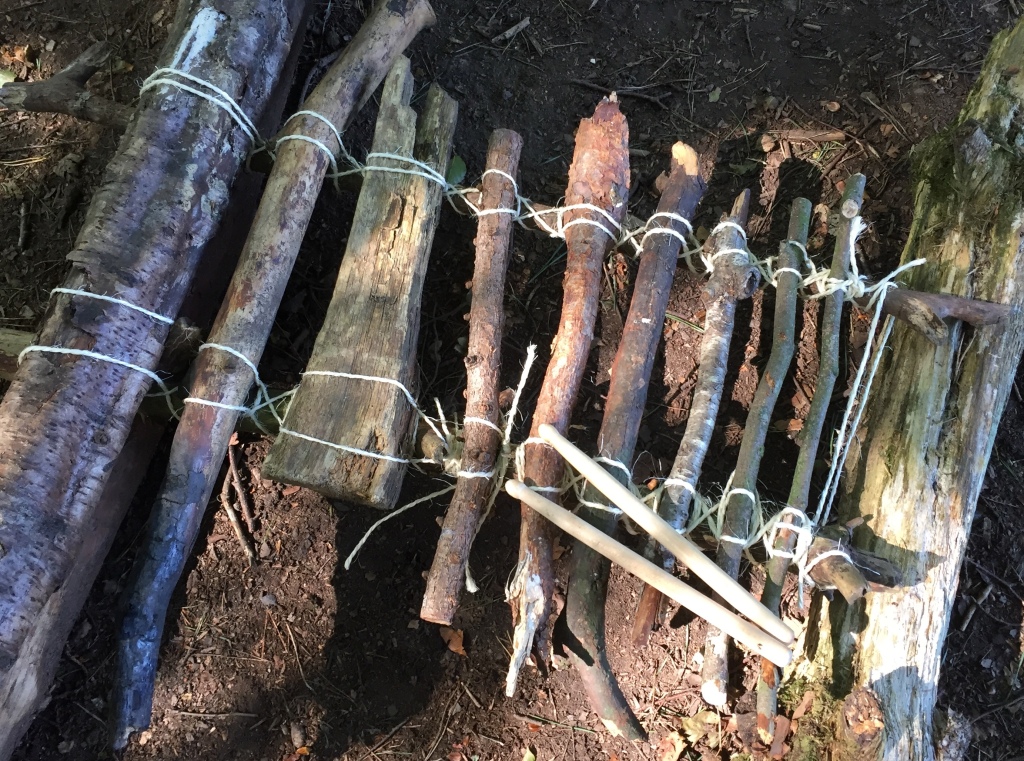
I asked one child to record the sound of a bird singing. After a few minutes, the child came running back and informed me that no birds were singing in the woods today. I was slightly baffled and I stopped for a moment to focus on listening for birds. I heard Crows’ cawing, a Robin chattering, and a Woodpigeon cooing in the distance.
“Can you hear the Crows?” I asked. “No, I can only hear the water from the burn and the wind in the trees,” they replied. I needed to focus the child’s attention so I looked up into the trees. I could see a Coal-tit sitting on a branch. “Can you see the bird in the tree? Listen! It is singing?” I questioned as I pointed towards the bird. “Yes, I hear it tweeting and moving on the twig,” the child replied, as they eagerly pressed the red button on the sound recorder.
I began to reflect on the child’s experience of recording sound. I wonder if the sound of birdsong is so frequent; the sound of water and wind so predominant, they could not focus on listening to the bird singing. The action of listening is very different from hearing. Hearing is an ability we are born with; a passive process of our ears receiving signals at a subconscious level and requires very little concentration. Yet, listening is a skill we learn; an active process of interpreting the signals our ears receive at a conscious level and requires focus and concentration.
By introducing a visual element to the child’s perception (the bird in the tree) it allowed the child to focus on the birdsong. The child needed to blur the background noise of the woodland. They turned their body towards the sound. Their eyes located the sound source to help the ears hear and their mind to focus, filter and interpret the signal. This action presented the movement between focusing and blurring. For this child, the whole body was needed to focus and listen to a selected sound. This selective auditory attention is the ability to focus on a specific sound while filtering out other noises, it is also known as the cocktail party effect[2].
[1] Asenjo, F. G. (1988). In-between: an essay on categories, Center for Advanced Research in Phenomenology & University Press of America, Washington, D.C. P15
[2] Cherry, E. C. (1953). Some experiments on the recognition of speech with one and with two ears. Journal of the Acoustical Society of America, 25, 975–979.
Our Tale is What Remains.
A walk with the people like you.
We move in-between the green,
the green and dandelions on a quiet corner of a Paisley route.
Route, control and space.
We quickly walk, red brick, red brick to Sma Shot Lane.
Past the Jesus is the reader sign and the weavers’ lion statue.
A stroll towards the New street.
We stop and look up. I’m not sure about the cherubs.
Quick, march past Mr Kebab and the vertical lines of The Russell Institute.
The God of medicine twisting an enchanting tale…
We pass a shopping trolley, coffee shop and an empty store.
An empty space with an empty corporation.
I look for a sign, a blue Yes2 and a bus stop zone
We arrive at the abbey, governed by order.
Move quietly and be considerate.
A timeline of happening from 1163, tick, tick, tick…
We hear about the monks who have been cleaning up for 400 years.
Dusting and washing tired feet. It’s time to leave.
Hello to Bonnie Fleurs and the High Street.
We wait at the curb for the red man to turn green.
The pace of the pack slows into the historic town.
A voice cries “Before you go, remember, look up and search for Paisley pigeons.”
We listen to the sound of the bird’s wings until…
our tale is what remains.
© Olsen 2019
This poem was created in response to a walking tour around Paisley in Scotland. The Tour was led by Dr. Alison McCandlish as a part of the ‘Participatory Methods and Affective Domains: Walking, Documenting and Sensing as Practice course delivered by the University of West Scotland.
A Walk With Nature

Today, I explored Quarrymill by recording sound and capturing 360 images. During my visit, I started to think about how new media could help children explore the wilderness. I have decided to share one of my images with an another inspirational quote I found from John Muir.
“Let children walk with Nature, let them see the beautiful blendings and communions of death and life, their joyous inseparable unity, as taught in woods and meadows, plains and mountains and streams of our blessed star, and they will learn that death is stingless indeed, and as beautiful as life.”[1]
[1] Muir, J (1916). A Thousand-Mile Walk to the Gulf. Boston: Houghton Mifflin Company The Riverside Press Cambridge.
Land Shore Sea

copyright © Olsen 2018
In-Between Sound
“Listening to sound is where objectivity and subjectivity meet” [1]
In Voegelin book Listening to noise and silence, she discusses a liminal quality found in listening. She describes listening as an experience of our perception. The listener produces objectivity from the subjective listening position. Objective thought is what we take to be the objective world. For example a computer screen, the table etc. A subjective thought is what we take to be our narrative thinking or imagination. For example the thoughts you have while listening.
I consider listening to sound is an in-between experience. Sound can be activated as a disruption, or incursion, in-between the objective and subjective experience. We can describe this disruption as being in-between mind and matter.
 copyright © Olsen 2018
copyright © Olsen 2018
I have searched for In-between categories found in the audible world. In Asenjo book ‘In-between: an essay on categories, He believes contradictions should not be eliminated or modified as they provide “an ‘opportunity for a richer, two sided development of factual meaning[2].’
I consider soundscapes create an experience that opens up the possibilities of in-between-ness. Within an immersive soundscape, a dynamic interplay of in-between categories happens, for example, cause and event[3], objectivity and subjectivity and feelings in-between the strange and the familiar. The In-between categories found in sonic realities are not fixed points, for example; in-between presence and absence. Our perception moves or flows in-between these two points.
[1] Voegelin, S. 2010, Listening to noise and silence: Towards a philosophy of sound art. New York: Continuum International Publishing Group. P14
[2] Asenjo, F. G. (1988). In-between: an essay on categories, Center for Advanced Research in Phenomenology & University Press of America, Washington, D.C. P65
[3] Augoyard, J; Torgue, H. (2006). Sonic Experience. a Guide to Everyday Sounds.. Canada: McGill-Queen’s University Press.
